In Phu Hoa commune, Dong Nai province, there is a unique complex of volcanic caves whose potential has not yet been fully exploited.
Explorers from the Berlin Cave Society (Federal Republic of Germany) and experts from the Vietnam Institute of Tropical Biology have assessed the cave complex in the teak forest area, formerly in Tan Phu and Dinh Quan districts, now Phu Hoa commune, Dong Nai province, as one of the five longest lava caves in Southeast Asia.
The La Ngà Agricultural Seed Station is the unit responsible for managing and protecting this teak forest. This is the only valuable timber species in the Đồng Nai area, planted around 1958 on 165 hectares for the production of wood for gun stocks and for land reforestation.
The cave complex in this forest is home to many bats, so the locals call it Bat Cave.
Mr. Ho Huu Duc, an officer at the La Nga Agricultural Seed Station, said that Hang Doi (Bat Cave) was a hiding place for our soldiers during the resistance war against the American imperialists. After the country was unified, some people came to this area to clear land and cultivate fields.
At that time, they discovered many open cave entrances. People were curious and went to explore, however, because the cave system ran long underground, the entrances were narrow, and there was a lack of oxygen, so no one dared to go deep inside.
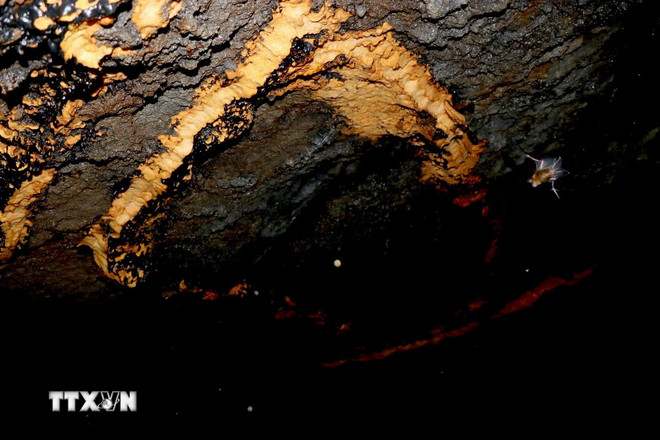
Bat Cave has an arched shape, with the upper part of the cave near the entrance consisting of layers of colorful lava rock, predominantly brown, and streaks of shimmering golden-yellow rock that are very beautiful. Many sections of the cave are lower in height and can reach head height.
Scientists ' surveys suggest that the longest section of Bat Cave is 426m, forming a continuous, unbroken cave, with the widest point recorded at 4m high and 10m wide.
If considered as a single cave within the system, including the collapsed section, Bat Cave has a total length of 534m and is considered one of the five longest lava caves in Southeast Asia.
According to documents published by the Institute of Tropical Biology (Vietnam Academy of Science and Technology), in February 2013, surveyors from the Institute of Tropical Biology and the Berlin Cave Society (Federal Republic of Germany) conducted a preliminary survey of a group of lava-origin caves in Tan Phu district, Dong Nai province, along National Highway 20 to Da Lat.
These caves were formed when lava flows, possibly from the Quaternary period, originated from numerous small conical volcanoes in Phu Tan and Dinh Quan districts, Dong Nai province.
This process creates typical tubular cave passages near the surface that are only discovered when the cave mouth collapses. The research team surveyed 11 lava tubes with a total length of 1.8 km.
“The longest cave found is Bat Cave, a long cave separated by a collapse and fault that created two caves, Bat Cave 1 and Bat Cave 2. The cave has several branching and reconnecting sections, as well as multiple entrances. The widest point of Bat Cave is recorded at a height of 4m and a width of 10m,” according to a document from the Institute of Tropical Biology.
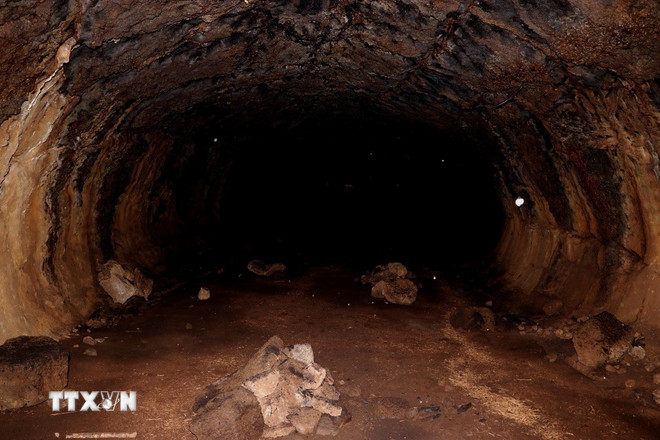
The caves in this area are home to many animal species. Bats are particularly abundant, with populations reaching thousands in some caves. In addition, there are many other animal species including spiders, centipedes, scorpions, and crickets.
Currently, local authorities are raising awareness among the public to protect the lava cave complex.
In some areas, nature conservation societies have posted signs urging people not to enter caves to hunt bats in order to protect the unique characteristics and biodiversity of the species living in the caves.
The head of the La Ngà agricultural seed station said that because the teak forest is strictly protected, few people have entered the forest or ventured into the caves for exploration in recent years.
Forest management units and local authorities are raising awareness among the people to work together to protect the cave system and the forest, and to refrain from hunting animals, especially bats, in the caves.
Several teams of cave experts have surveyed the area and proposed collaborating with the local authorities to develop and organize it into a cave exploration tourist destination. However, to date, the local authorities and relevant units have not yet agreed on a plan for the exploitation and preservation of this unique volcanic cave system.
Source: https://www.vietnamplus.vn/kham-pha-hang-doi-1-trong-5-hang-dong-nui-lua-dai-nhat-dong-nam-a-post1057023.vnp


![[Image] Leaked images ahead of the 2025 Community Action Awards gala.](/_next/image?url=https%3A%2F%2Fvphoto.vietnam.vn%2Fthumb%2F1200x675%2Fvietnam%2Fresource%2FIMAGE%2F2025%2F12%2F16%2F1765882828720_ndo_br_thiet-ke-chua-co-ten-45-png.webp&w=3840&q=75)

![[Live] 2025 Community Action Awards Gala](/_next/image?url=https%3A%2F%2Fvphoto.vietnam.vn%2Fthumb%2F1200x675%2Fvietnam%2Fresource%2FIMAGE%2F2025%2F12%2F16%2F1765899631650_ndo_tr_z7334013144784-9f9fe10a6d63584c85aff40f2957c250-jpg.webp&w=3840&q=75)
![[Photo] Prime Minister Pham Minh Chinh receives Lao Minister of Education and Sports Thongsalith Mangnormek](/_next/image?url=https%3A%2F%2Fvphoto.vietnam.vn%2Fthumb%2F1200x675%2Fvietnam%2Fresource%2FIMAGE%2F2025%2F12%2F16%2F1765876834721_dsc-7519-jpg.webp&w=3840&q=75)
![[Photo] Prime Minister Pham Minh Chinh receives the Governor of Tochigi Province (Japan)](/_next/image?url=https%3A%2F%2Fvphoto.vietnam.vn%2Fthumb%2F1200x675%2Fvietnam%2Fresource%2FIMAGE%2F2025%2F12%2F16%2F1765892133176_dsc-8082-6425-jpg.webp&w=3840&q=75)






















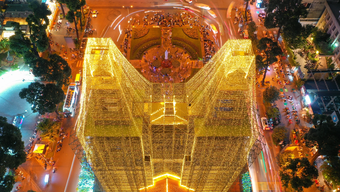



































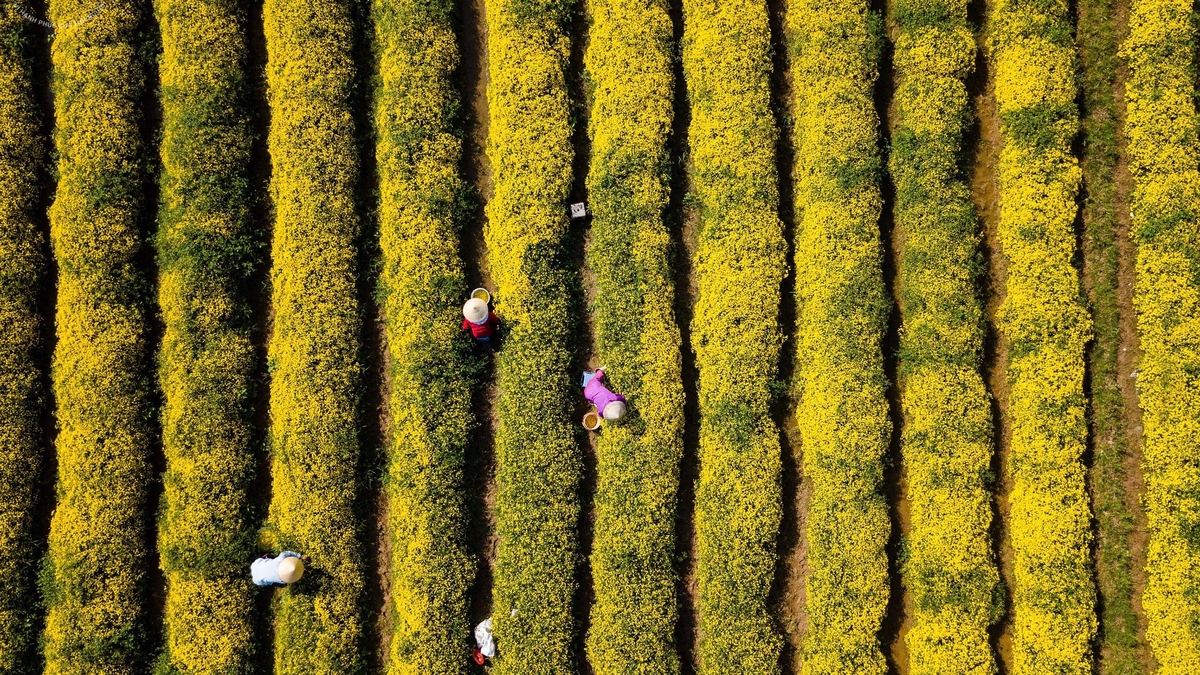

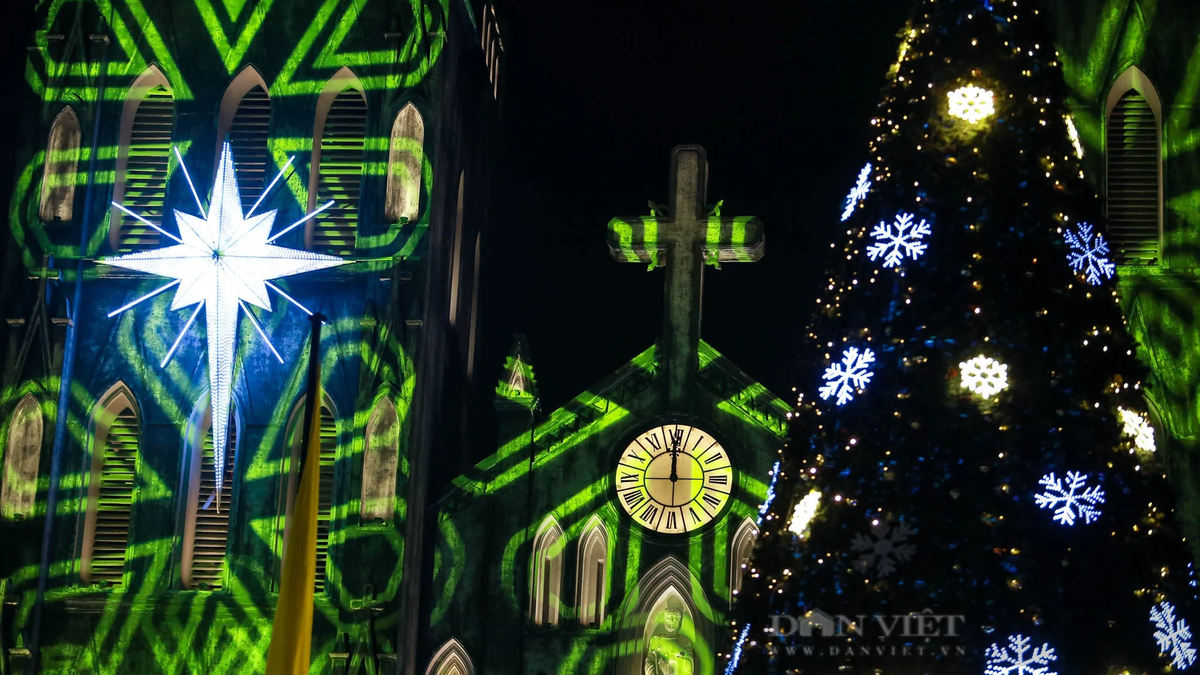








































Comment (0)